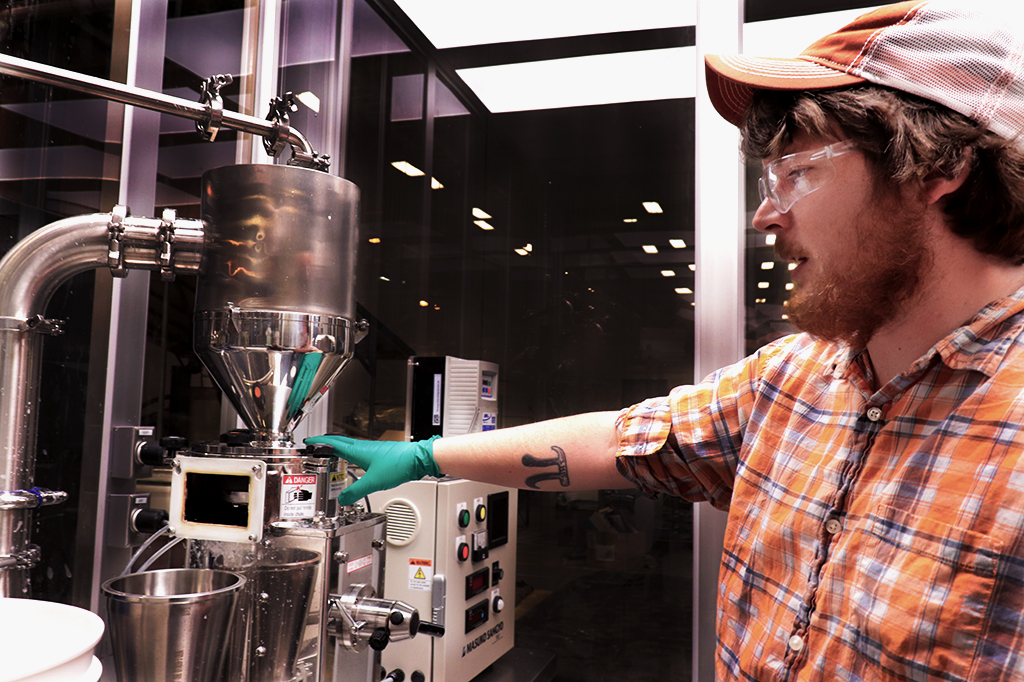
Innovative research uses nanocellulose to heal peripheral nerve injury
Nicklaus Carter has a lot of experience with tubes and pipes from his days working in construction. Now, he creates a different kind of pipe – a nanocellulose conduit – for use in the medical field.
Carter, from Franklin, Maine, is a doctoral student in the Graduate School of Biomedical Science and Engineering. His love for hands-on work and interest in biomedical engineering make his project, “Nanocellulose Conduits for Enhanced Regeneration of Peripheral Nerve Injury,” a perfect opportunity to explore how combining different fields can produce innovative research.
Turning forest biproduct into innovative medical device
For his project, wood pulp from the local forest industry is processed to generate nanofibrils and create a nanocellulose material known for its strength and biocompatibility – ideal for use in the medical setting.
The material is formed into a conduit – similar to a tube – that can be implanted over a peripheral nerve injury site to facilitate natural recovery.
Carter says he’s proud of the clean room – a controlled space with low levels of pollutants – he constructed at UMaine’s Technology Research Center to work on the nanocellulose project.
More than 20 million people in the United States have peripheral nerve injuries. Peripheral nerves, located outside of the spinal column, send messages from the body’s extremities to the brain. While peripheral nerves have the ability to naturally regenerate on their own, those that are severely damaged can take years to heal – if at all.
Nanocellulose research could provide solutions to peripheral nerve recovery
Carter has found that conduit-treated peripheral nerve injuries regenerated nearly four times faster than those not treated. He hopes his findings will advance future peripheral nerve regeneration.
Media Contact: Christel Peters, 207.581.3571
